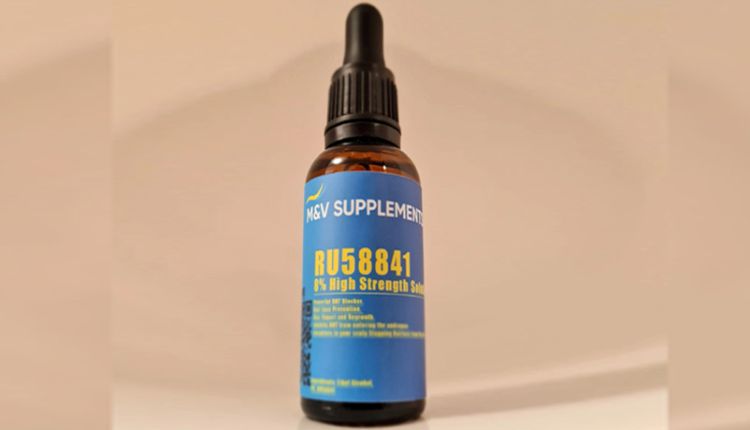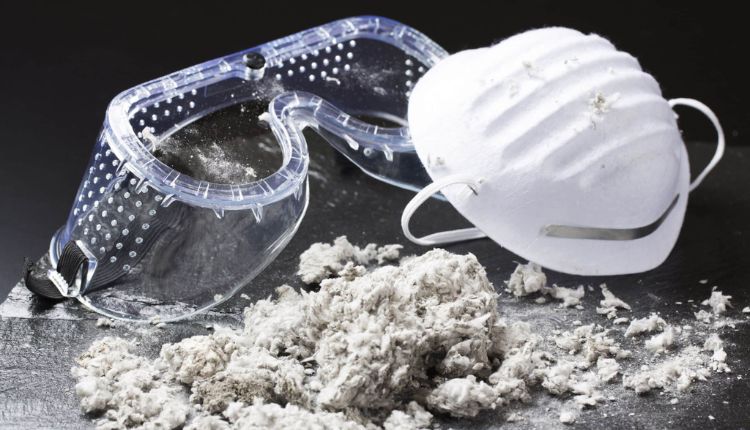The Chemist Warehouse holds a lot of traditional sentimental value to the Australian culture. However, post-Covid, customers are moving away from their platform to official websites of manufacturers.
RU-58841 is an experimental drug that prevents hair loss by blocking DHT from binding to androgen receptors. It also inhibits DHT-induced miniaturization of hair follicles.
RU58841 is a non-FDA-approved medication
RU58841 is an experimental product that may help manage MPB by blocking DHT from binding to the androgen receptors in hair follicles. It is a topical solution that is applied directly to the scalp. It has been shown to work in monkey studies, where 5% of the chemical was administered and showed remarkable effects. It is also believed that MV Supplements sells RU58841 might restore damaged hair follicles, although more research needs to be done on this subject.
It is available as a pre-made solution or in raw powder form. It is recommended to purchase it only for research or experimentation purposes. It is not regulated by the FDA, which can lead to variations in concentration and purity. It is also not safe to take orally, as it can enter the bloodstream.
While RU58841 is not approved by the FDA, many customers report good results from its use. It is very effective compared to finasteride, which can cause side effects such as swollen lips, dry skin and depletion problems. The drug is applied topically, and works slowly over time to block the androgen receptors in hair folicles.
It is available as a pre-made solution or raw powder
RU-58841 is an anti-androgen that works by blocking the androgen receptors on hair follicles. This makes the follicles small, which prevents them from growing hair. It also blocks the conversion of testosterone into dihydrotestosterone (DHT), which is an important hormone in male pattern baldness. The pure chemical is sold as a white powder that needs to be dissolved in a solvent before it can be applied to the scalp.
Use MV Supplements to stop your hairloss has not passed beyond phase two of drug development, so its long-term side effects are unknown. However, volunteers who use it report minimal side effects. It can be stored at room temperature, but many people keep it in a freezer to minimize degradation.
To prepare your own RU-58841 solution, you will need a small bottle and a funnel. A 0.001-gram digital scale will also come in handy for measuring the exact amount of RU-58841 needed for each application. You should also buy a freezer for storage, as the powder degrades quickly when exposed to heat and light. If you prefer, you can buy a pre-made solution from a reputable online store.
It is not regulated by the FDA
RU58841 is not regulated by the FDA, so its long-term side effects are unclear. It works by binding to androgen receptors in hair follicles, inhibiting their negative effects from dihydrotestosterone (DHT). It can also prevent DHT from migrating from the follicles into the bloodstream. It is not a cure for hair loss, but it can cause thicker and longer hair regrowth in more than 70% of users.
Unlike finasteride, which is a prescription drug, RU58841 is not available from doctors or in pharmacies. However, it is legal to purchase and use for personal use. You can buy it in a pre-made solution or in raw powder form. If you decide to try a raw powder, choose one that is 99% pure and comes in airtight packaging to ensure that it does not degrade over time.
The company that developed RU58841 conducted two human clinical trials and plans to conduct a phase 3 trial. However, the company was acquired by a Japanese company and the project got canceled for monetary reasons. Nonetheless, many people are optimistic about this drug and expect it to work better than other treatments.
It is available in the UK
RU58841 is a compound that blocks and prevents the development of DHT. DHT is an androgen hormone that promotes the miniaturization of hair follicles, causing them to become bald. RU58841 has been shown to reverse this process by blocking and preventing DHT from binding to receptors. This compound is a powerful solution for those who are losing their hair or have alopecia.
Walmart was on the forefront of RU58841 sales back in the day, but has since diverged away from the product. Customers have complained about poor delivery times, sluggish customer service, and overpriced products. This has led many users to avoid Walmart and flock towards official websites of manufacturers.
Chemist Warehouse is a brand that holds a lot of sentimental value to Australians. However, their values have changed post-Covid. The company has focused more on medication than on supplements, and this has caused a shift in their customer base. As a result, the company has lost a great deal of market share to official websites of manufacturers. As a result, the company has been forced to lower their prices and deliver a better quality product.







